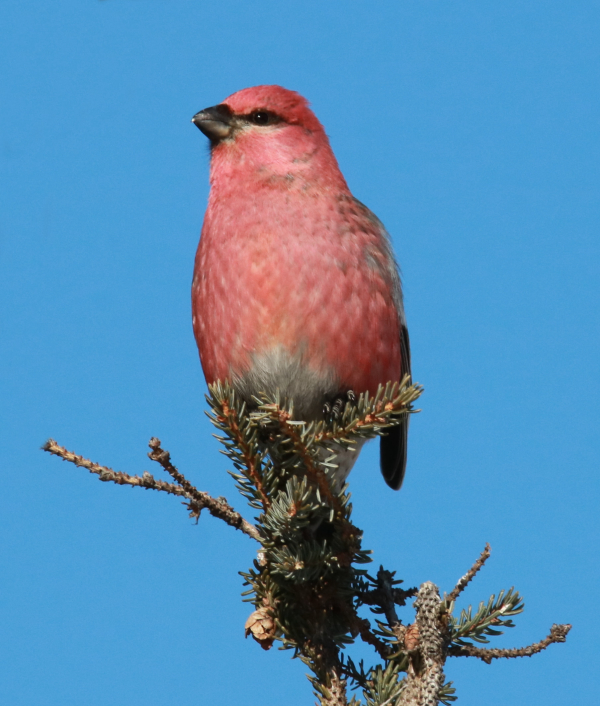Common Weeds and Uses
By Glen Wunderlich
This season’s brassica food plot is in the ground and with a little cooperation from Mother Nature, the wildlife is in store for some fine eating well into next year. The seed blend from Ed Spinazzola (www.deerattraction.com) contains a mix of purple top turnips, dwarf Essex rape, biologic maximum and canola and provides essential nutrients to ease stress when winter hits hard. This annual blend supplements perennial stands of legumes which are available throughout the year. Often overlooked, however, are natural-occurring plants that can be useful for six, four and two-legged critters alike.
Plentiful stands of Queen Anne’s Lace, or bird’s nest, if you will, are evident this time of year along roadsides and among neglected fields. The tall biennial (two-year life cycle) plants are widely recognized by their large, flat-topped white flowers from now to fall. What many people fail to realize is that these prolific plants are actually wild carrots.
Deer love them, and in a survival situation, the roots of first-year plants are edible for humans, too. But, a cautionary note is in order: Similar species are deadly poisonous. Water hemlocks and poison hemlock are similar in appearance but are deadly poisonous – so much so that even handling them is dangerous. So, it is important to learn the difference in this family of parsley plants by sight, even though wild carrots can be distinguished by their scent of carrots.
Another perennial favorite found in some food plot seed mixes is chicory. It, too, is readily available and can be seen this time of year growing along roadsides, where only the strongest weeds prevail. Chicory has broad, light-green, lance-shaped lower leaves resembling dandelion leaves and small, sparse upper leaves attached to an unsightly tangle of branching stalks that grow to several feet.
Striking, pale-blue flowers shaped like daisies are in full bloom this time of year in clusters of two or three on the narrow, higher stems.. Young, pale leaves are edible, as is the tap root, which is roasted and sometimes blended with coffee. Originating from Asia, it is so prolific in northern America, it is considered indigenous.
Milkweed is another perennial plant that can be toxic in some species, but is life-sustaining to monarch butterflies. In early spring, the monarch’s eggs are laid on the plants and hatch into caterpillars and feed on the plant. Two weeks later, the caterpillar attaches itself to a leaf or stem of the milkweed and transforms into a chrysalis and begins the transformation to the beautiful butterfly. Although the migrating monarch is dependent on milkweed for survival, I find the milkweed valuable for another important reason. When the aromatic flowers fade, seed pods form and contain silk or floss, which can be used as natural wind indicators for a wise hunter. 
I merely wrap rubber bands around the pods and wait for them to dry out. I carry them afield when deer hunting and strip the floss from the seeds and release them into the air. The feathery floss can be viewed for a hundred yards or more and provides a visible indication of wind direction and velocity well beyond one’s hunting stand. Best of all, Mother Nature provides this hunting aid free of charge, and it is better than any store-bought gimmicks that only give arm-length feedback. Air currents are not always what they seem and milkweed silk can tell a hunter how the wind may affect his chances. With this valuable information, a hunter can determine where his scent will intersect with a deer’s nose before it actually happens.
In conclusion, knowledge is not power, as you may have heard; it is only potential power if used correctly. So, take advantage of Mother Nature’s bounty but be sure to recognize and understand the differences between her helpful and dangerous characteristics before experimenting afield.








